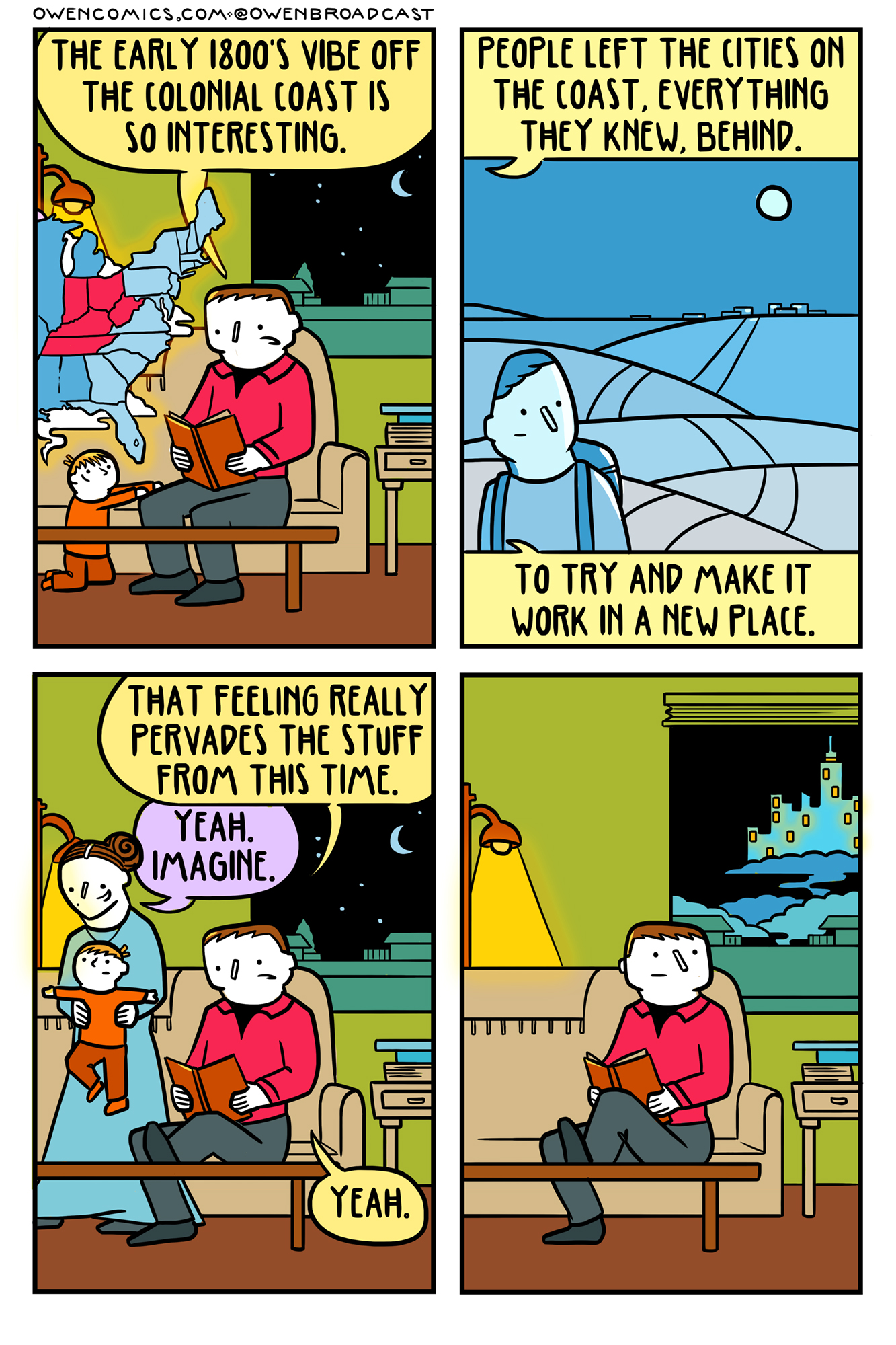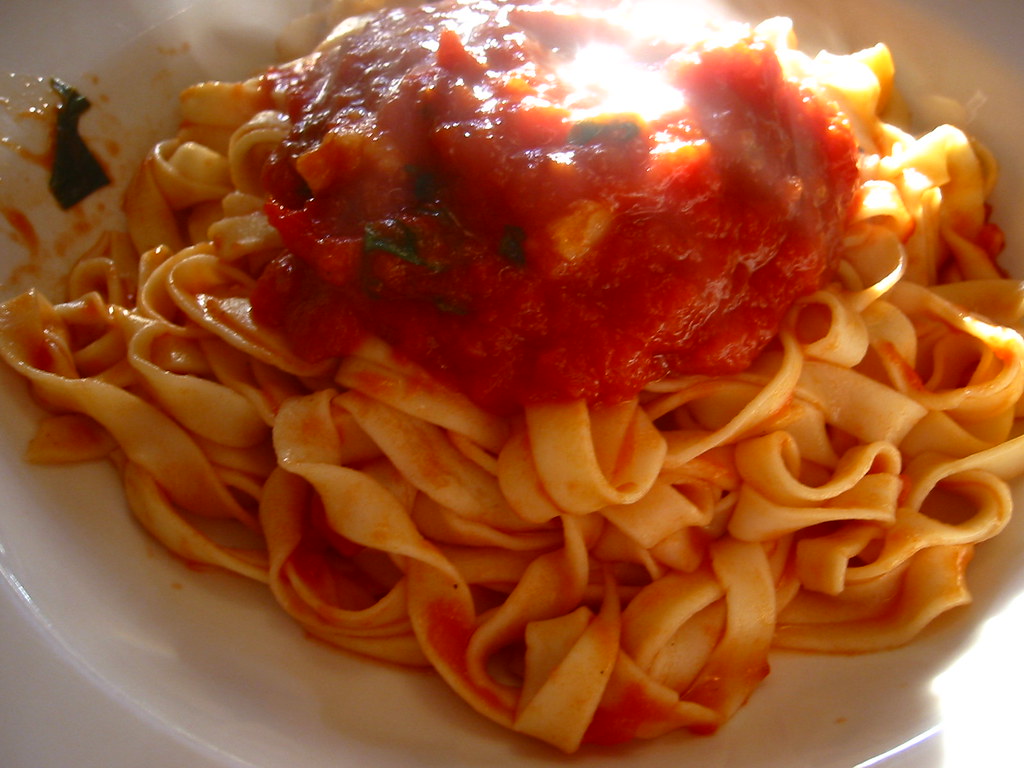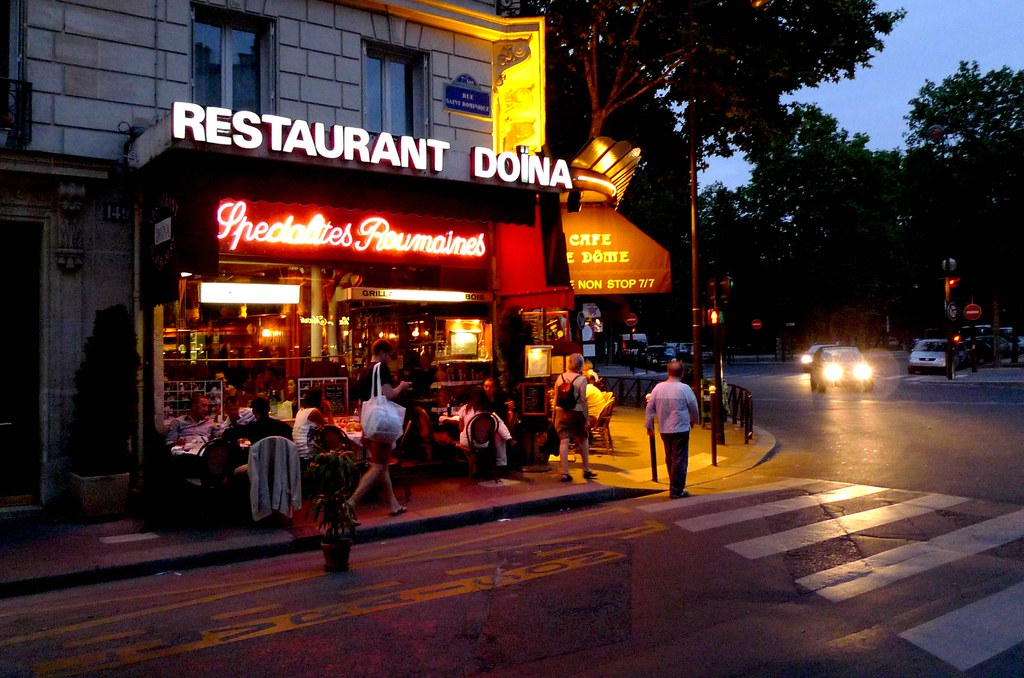
Remember a time when ordering takeout meant perusing a paper menu, maybe calling up your favorite local spot, and then heading out for a quick pickup? Well, the culinary landscape has undergone a seismic shift, especially in the wake of a certain global event that forever altered our dining habits. Suddenly, convenience wasn’t just a perk; it became the cornerstone of a burgeoning industry.
This new frontier in food service is dominated by what we colloquially call ‘ghost kitchens.’ These aren’t your typical brick-and-mortar establishments with bustling dining rooms and friendly waitstaff. Instead, they are “virtual restaurants” that share kitchen space with another establishment, operating strictly for digital transactions. Born from the necessity of a pandemic-fueled world, these delivery-only enterprises became a lifeline for many, promising anything your heart desired with just a few clicks.
Initially, many of these associations were shrouded in a cloak of mystery, with companies quietly adding new restaurants to delivery apps, complete with fresh branding and marketing strategies that kept their connections vague. It often took a bit of sleuthing – a quick Google search might reveal that your seemingly new hot chicken joint was actually a side hustle from the place you had your twelfth birthday party. But as the concept evolved, some brands embraced transparency, while others, as we’ll soon discover, found their virtual ventures quietly fading into the digital ether. Join us as we explore 14 fascinating ghost kitchen concepts launched by familiar restaurant chains, many of which have since performed a disappearing act.

1. **Pasqually’s Pizza & Wings (Chuck E. Cheese’s)**Ah, Chuck E. Cheese’s. For many, it evokes cherished childhood memories of pizza, arcade games, and perhaps a slightly ofey animatronic band. But as delightful as a fun house meets pizza palace might be for a kid’s birthday, it doesn’t exactly scream “sophisticated takeout option” to an adult. This was the peculiar dilemma faced by the kiddie birthday party institution, and their solution was rather ingenious: a radical re-branding within delivery apps, giving birth to Pasqually’s Pizza & Wings.
If you’re a true aficionado of the Chuck E. Cheese’s lore, the name Pasqually might not seem all that covert. Pasqually, you see, is a long-standing friend of Chuck E. in the company’s vibrant folklore. He’s depicted as a jovial pizza chef, complete with a wide grin and a twirly mustache, and in past incarnations, when not slinging slices, he was known for rocking out as the drummer in Munch’s Make Believe Band. A truly multi-talented individual, even if virtual.
However, Chuck E. Cheese’s has always been better known for its video games and Whac-a-Mole rather than its five-star culinary offerings. And unfortunately, the ghost kitchen venture, Pasqually’s, hasn’t done much to elevate that particular reputation. Tucked away behind the metaphorical flashing lights of the dining room, Pasqually’s low-key eatery offers a menu that includes multiple pizzas, meatballs, cheesy breads, and wings. Despite the effort, it hasn’t exactly garnered rave reviews from customers.
While the sheer nostalgia of classic pies might be enough to transport some back to their elementary school parties, it seems that even with a catchy new name and a dedicated virtual presence, the magic of the Chuck E. Cheese’s pizza experience might just not be the same when delivered to your doorstep. The charm of the arcade lights and animatronic performances, it turns out, is a rather crucial ingredient.
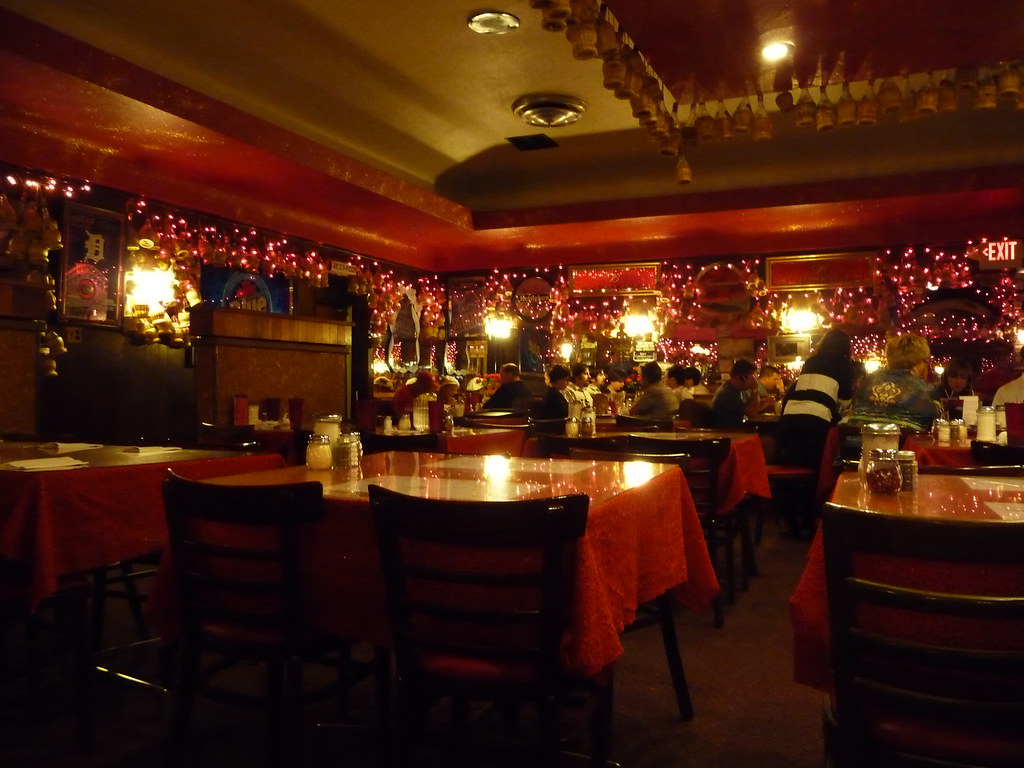
2. **Thrilled Cheese (IHOP)**The International House of Pancakes, affectionately known as IHOP, is a brand synonymous with, well, pancakes. But over the past several years, this breakfast behemoth has been quietly, and quite creatively, branching out in decidedly unique ways. As part of a concerted effort to move past its flapjack-centric identity, IHOP began showcasing multiple alter egos, venturing into the ghost kitchen world with not just one, but four distinct virtual brands, each targeting a different craving. Thrilled Cheese is one such delightful creation.
Thrilled Cheese serves up exactly what its name promises: a melty assortment of gooey grilled cheeses. This isn’t your grandma’s simple cheddar on white bread, though. The menu features creations with whimsical names and sophisticated flavor profiles, designed to tantalize the taste buds and prove that IHOP’s culinary prowess extends far beyond breakfast fare. It’s a testament to the versatility the brand sought to achieve through its ghost kitchen strategy.
Consider, for instance, the ‘New Wave Fave,’ a grilled cheese masterpiece that layers American cheese with crispy bacon, fresh tomato, creamy avocado, and even a fried egg, all nestled between slices of wholesome multigrain bread. Or perhaps the ‘Cubano,’ a flavorful concoction boasting Swiss cheese, tender pulled pork, savory ham, zesty pickles, and sharp mustard, all pressed within a hoagie roll. These offerings are a far cry from a stack of buttermilk pancakes, showcasing a deliberate pivot.
This dive into the world of gourmet grilled cheese through Thrilled Cheese exemplifies IHOP’s strategic move to capture a broader market. By creating virtual brands, they could test new concepts and menu items without the overhead of opening entirely new physical restaurants. It was a smart play to extend their reach and appeal, proving that even a pancake house can master the art of the perfect melty sandwich, even if it’s from a ghost kitchen.
3. **Super Mega Dilla (IHOP)**Continuing IHOP’s innovative foray into diverse culinary concepts, Super Mega Dilla emerged as another one of their ingenious ghost kitchen alter egos. While Thrilled Cheese tackled the art of the grilled sandwich, Super Mega Dilla aimed to capitalize on a different, yet equally popular, food trend. The inspiration for this particular virtual brand was drawn directly from the vibrant world of online food culture, specifically the viral trend of folding quesadillas in offbeat and creative ways.
The concept behind Super Mega Dilla is all about taking the humble quesadilla and elevating it to, well, super mega status. These aren’t just your standard cheese-and-tortilla creations. IHOP’s team leveraged their existing kitchen infrastructure to craft a variety of unique and substantial quesadilla offerings, designed to be visually appealing and utterly satisfying for the delivery-centric market. It was a clever way to tap into a younger, more trend-conscious demographic.
On the Super Mega Dilla menu, customers could discover inventive creations that pushed the boundaries of what a quesadilla could be. Imagine something like the ‘Super “Italian” Stallion,’ which presumably infused classic Italian-American flavors into the folded tortilla format, offering a delightful fusion experience. Or the ‘Mega Cheeseburger Dilla,’ which ingeniously combined the comforting elements of a cheeseburger within the convenient and ever-popular quesadilla structure, a true comfort food mashup.
By launching Super Mega Dilla, alongside its other virtual brands, IHOP demonstrated a keen understanding of modern dining trends and the flexibility of the ghost kitchen model. It allowed them to experiment with bold new flavor combinations and capitalize on online food fads without diluting their core IHOP brand or investing in new physical spaces. This strategy showcased their ambition to be more than just a breakfast destination, truly a testament to the adaptability of established chains.
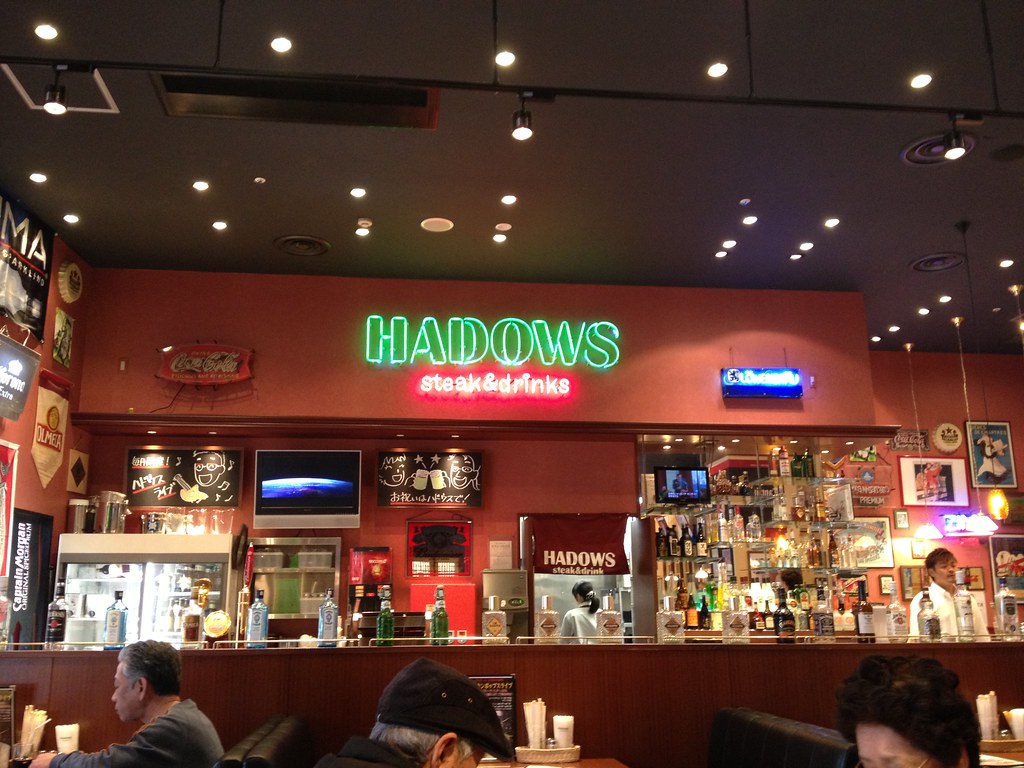
4. **Pardon My Cheesesteak (IHOP)**Yet another intriguing facet of IHOP’s ambitious culinary expansion through ghost kitchens is Pardon My Cheesesteak. This virtual brand, like its siblings Thrilled Cheese and Super Mega Dilla, represents IHOP’s strategic move to diversify its offerings well beyond the breakfast and pancake realm. It’s a testament to how established chains leveraged the ghost kitchen model to explore new market segments and cuisines, all from their existing facilities.
As the name emphatically suggests, Pardon My Cheesesteak is dedicated to an array of Philly-inspired specialties. This venture brought the iconic flavors of the classic American cheesesteak to the forefront, allowing IHOP to cater to a different craving entirely. By focusing on a beloved regional dish, they aimed to tap into a passionate fan base and offer a hearty, satisfying option for lunch or dinner delivery, a stark contrast to their traditional morning fare.
The beauty of this ghost kitchen approach for IHOP was its efficiency. They could utilize their existing kitchen equipment, staff, and supply chains to produce these cheesesteak specialties, minimizing the initial investment and operational complexities that a standalone restaurant would require. It was a smart way to test the waters in a new food category, leveraging the popularity of a classic American comfort food.
Through Pardon My Cheesesteak, IHOP effectively positioned itself as a player in the broader casual dining and comfort food delivery market. It was a clear signal that the International House of Pancakes was no longer just about breakfast; it was about satisfying a wide spectrum of culinary desires, morning, noon, or night. These virtual brands collectively painted a picture of an IHOP eager to innovate and expand its footprint in the ever-evolving world of food delivery, even if the eventual fate of many ghost kitchens became uncertain.
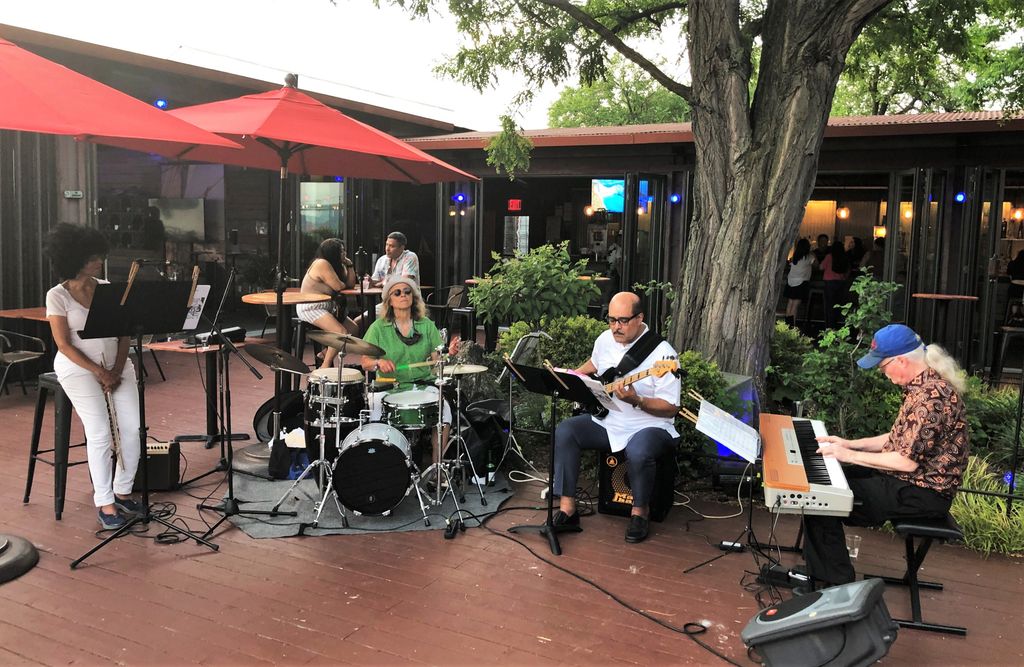
5. **Tender Fix (IHOP / Noah Schnapp)**Rounding out IHOP’s impressive suite of ghost kitchen concepts, at least in its initial surge, was Tender Fix. This chicken tender concept was announced in early 2023, signaling IHOP’s continued commitment to diversifying its virtual brand portfolio. Chicken tenders, a perennial favorite among diners of all ages, offered another accessible and high-demand item for the delivery-only market, perfectly aligning with the convenience-driven ethos of ghost kitchens.
Interestingly, the name Tender Fix also pops up in another notable ghost kitchen venture. “Stranger Things” actor Noah Schnapp launched his own chicken tender chain, also called TenderFix, in March 2023. This celebrity-backed brand notably worked out of approximately 1,000 IHOP kitchens to prepare its food, suggesting a collaboration or perhaps IHOP’s own Tender Fix brand was intertwined with this celebrity venture, utilizing the same kitchen infrastructure for similar offerings. This highlights the fluidity and sometimes complex interconnectedness within the ghost kitchen ecosystem.
While the concept of delicious chicken tenders for delivery was certainly appealing, the operational status of some of these virtual brands has since become less clear. The context notes that Noah Schnapp’s TenderFix, for instance, has experienced a quiet period, with its social media pages not having been updated in about a year and its website no longer available. This quiet fading into the background is a recurring theme in the ghost kitchen narrative, often signaling a reduction in operations or an outright discontinuation.
This raises questions about the long-term viability of even well-conceived virtual brands, particularly those dependent on celebrity endorsement or launched amidst the initial ghost kitchen boom. The story of Tender Fix, whether IHOP’s standalone or the celebrity iteration, serves as an early indicator of the challenges that would later plague many ghost kitchen ventures, as the initial excitement gave way to operational realities and shifting consumer preferences, leading to a gradual ‘vanishing’ from the bustling delivery scene.
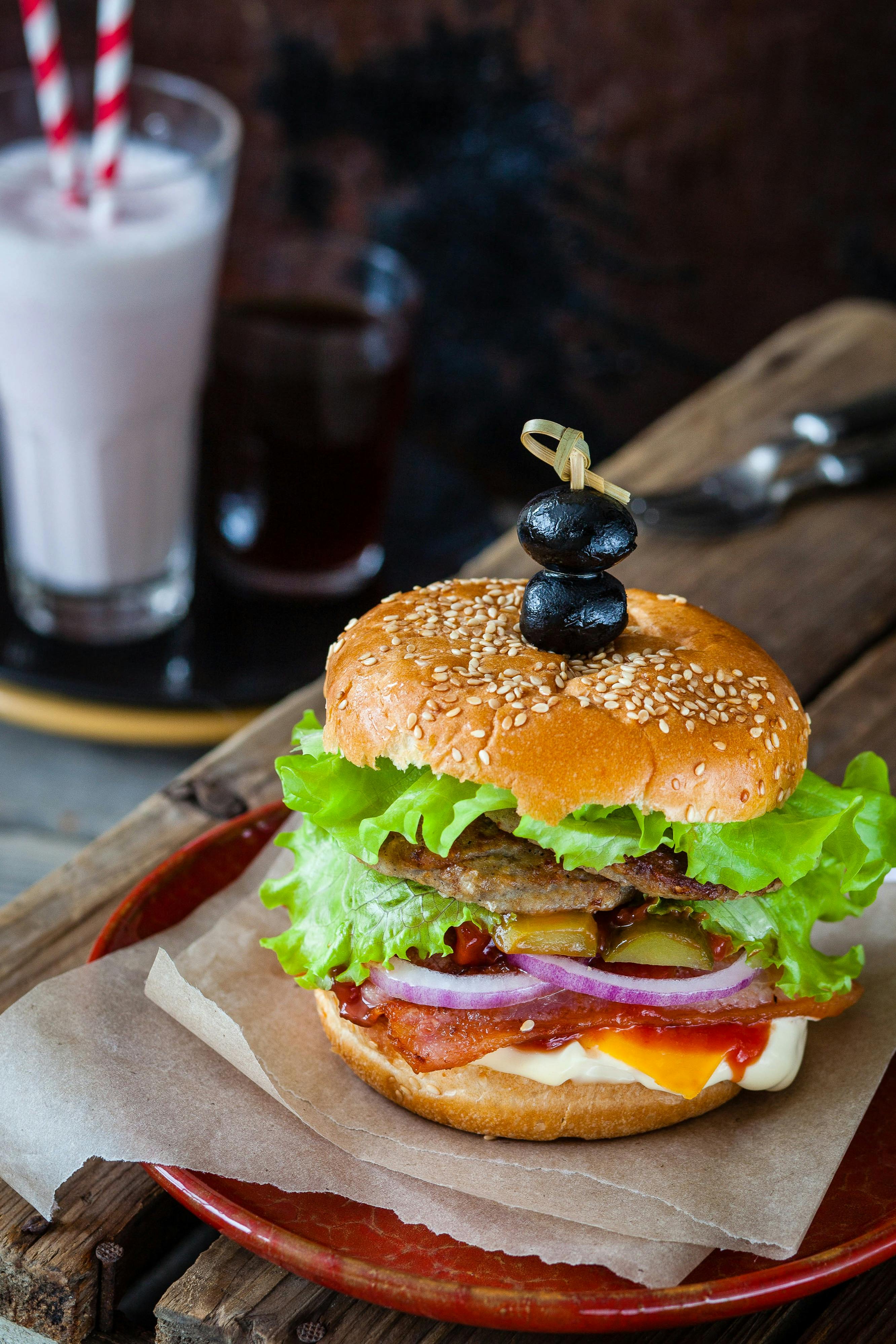
6. **Burger Den (Denny’s)**In the ever-present battle for breakfast-and-beyond supremacy, Denny’s has long been considered a formidable rival to IHOP. So, it comes as no great surprise that when the ghost kitchen concept truly took off, Denny’s was quick to open another front in their ongoing culinary skirmish. This iconic post-bar hangout spot, known for its round-the-clock comfort food, launched not one, but two prominent ghost kitchens: Burger Den and Melt Down, each designed to cater to distinct cravings.
Burger Den, as its name proudly proclaims, is all about the burgers. This virtual brand promises nothing short of “big, craveable burgers and shakes delivered day and night.” It’s a direct nod to Denny’s heritage of serving up American classics, but with a ghost kitchen twist, allowing them to focus solely on their patty-and-bun creations without the distractions of a full diner menu. The emphasis here is unequivocally on indulgence and satisfaction, available whenever hunger strikes.
What makes Burger Den stand out is its adventurous approach to burger construction. Forget the mundane; this ghost kitchen embraces “outside-the-box ingredients” that elevate the humble burger to new heights. Imagine sinking your teeth into a burger adorned with crispy onion rings, gooey Mozzarella sticks, or even a perfectly fried egg, all piled high on a succulent patty. It’s a celebration of over-the-top deliciousness, designed to maximize flavor and appeal to a wide audience.
Indeed, the philosophy at Burger Den is all about “sizing up.” Everything is designed to be substantial and satisfying: big burgers, big shakes, and big portions all around. This focus on generous servings and indulgent ingredients clearly reinforces the comfort food ethos that has always been at the heart of the Denny’s brand. Burger Den quickly became a go-to for those seeking a hearty, no-holds-barred burger experience, showcasing how a classic diner could adapt to the modern delivery landscape and still deliver on its promise of satisfying meals.
7. **Melt Down (Denny’s)**Complementing its Burger Den counterpart, Melt Down is Denny’s second major foray into the ghost kitchen realm, further solidifying its presence in the delivery-only market and intensifying its rivalry with other chains like IHOP. While Burger Den caters to the craving for substantial patties, Melt Down dedicates itself to the art of the sandwich, specifically those glorious, gooey, melty creations that bring warmth and satisfaction with every bite. It’s a perfect partner for late-night or comfort food orders.
The tagline for Melt Down, “Ooey Gooey Melty Goodness” with “attitude,” perfectly encapsulates its culinary philosophy. This virtual brand takes classic sandwich concepts and infuses them with a playful, indulgent spirit, making them ideal for a comforting meal at any time of day or night. It’s a testament to Denny’s ability to extract specific menu categories and elevate them into distinct, appealing ghost kitchen brands, all while leveraging their 24-hour kitchen operations.
The menu at Melt Down is a veritable parade of decadent sandwiches. Take, for instance, the ‘Hittin’ Snooze Melt,’ a breakfast-inspired masterpiece featuring savory sausage, crispy bacon, tender ham, fluffy scrambled eggs, and American cheese, all lovingly layered on potato bread and finished with a unique maple spiced spread. It’s a breakfast sandwich reimagined for the delivery era, promising a burst of flavor and comfort.
For those who prefer a kick, there’s the ‘Hot N’ Spicy Melt.’ This fiery creation boasts a golden-fried chicken breast tossed in zesty Nashville Hot sauce, complemented by melted Swiss cheese, fresh tomato, crisp pickles, and creamy mayo, all grilled to perfection on Texas toast. Both dishes perfectly illustrate how Melt Down delivers on its promise of rich, satisfying flavors. Ultimately, comfort food remains at the core of the Denny’s brand, and its dopamine-releasing spin-offs like Melt Down certainly uphold that delicious legacy, proving that some ghost kitchens, especially those with 24/7 operations, could indeed thrive, though many others would face a more challenging fate.
The culinary journey through the land of ghost kitchens doesn’t end with a satisfied stomach; sometimes, it ends with a lingering question, or perhaps, a quiet disappearance. After exploring how some major chains initially navigated this new frontier, it’s time to delve deeper into the challenges, the unexpected successes, and the quiet retreats that characterized many of these virtual ventures. As the initial pandemic-fueled fervor waned, the realities of operating a delivery-only brand became starkly clear, leading some of these fascinating experiments to fade into the digital ether.
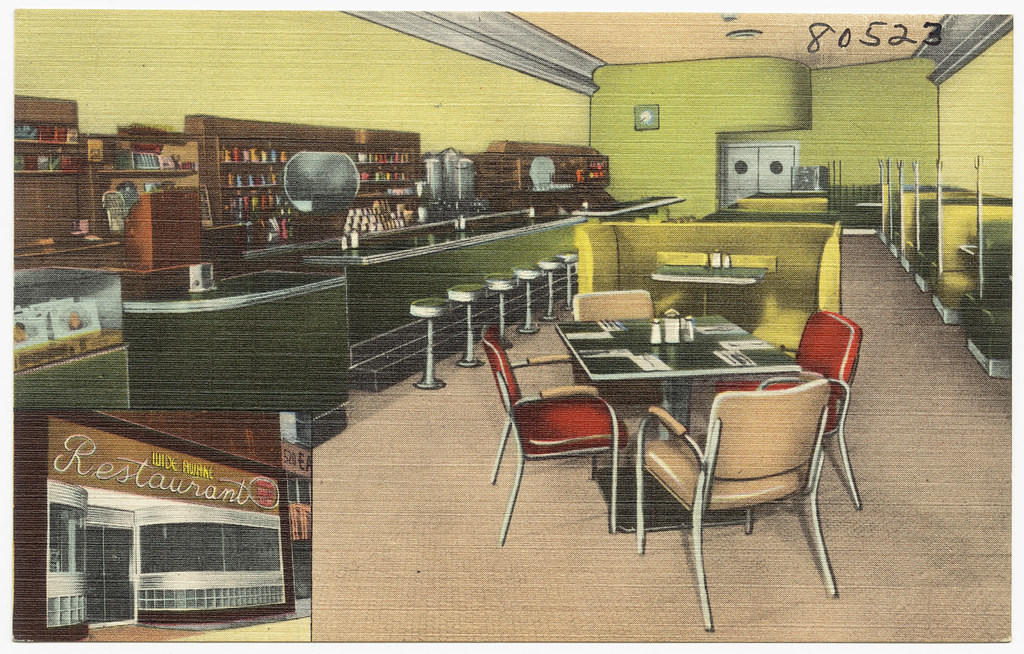
8. **Rotisserie Roast (Boston Market)**For ages, Boston Market has been a dependable name when you’re craving quick, homestyle comfort food, particularly their succulent roasted chicken and an array of hearty side dishes. This New England-born eatery, which has been delighting palates since the 1990s, recently decided to explore new avenues for delivering that familiar flavor, leading to the creation of their ghost kitchen, Rotisserie Roast. What’s particularly refreshing about this venture is its unwavering transparency.
Order from Rotisserie Roast, and you might find the rotisserie chicken suspiciously similar to what you’d get from a Boston Market brick-and-mortar. That’s no accident, nor is it a secret! Unlike many stealthy ghost kitchens, Rotisserie Roast wears its parentage proudly. Randy Miller, president of Boston Market, openly stated in 2020 that “The direct connection to Boston Market is visible in all online ordering apps and on our packaging,” further adding, “Our Rotisserie Roast concept advertises ‘Crafted by Boston Market’ on the logo.” This level of honesty was a breath of fresh air in an often-mysterious digital dining landscape.
This ghost kitchen concept doesn’t stray far from the fundamental Boston Market menu you know and love. However, Rotisserie Roast isn’t just a carbon copy. They’ve introduced some unique special sauces and healthier alternative offerings, alongside convenient rotisserie-fueled bowls and bundles designed for modern appetites. It’s a subtle evolution rather than a complete reinvention, ensuring that while the ordering experience might be different, the taste remains authentically Boston Market.
It seems Boston Market understood that their specific brand of comfort food was perhaps less about a quick bite in the car and more about a substantial meal to bring home and share. Rotisserie Roast caters to this perfectly, offering an experience that’s less about fast-food convenience and more about the substantial, comforting dinner that can cover your table. This straightforward approach, coupled with transparency, allowed them to extend their reach without confusing their loyal customer base.

9. **It’s Just Wings (Chili’s/Brinker International)**Brinker International, the hospitality behemoth behind iconic brands like Chili’s and Maggiano’s Little Italy, dove headfirst into the ghost kitchen trend with a dual strategy. One of their prominent virtual creations was It’s Just Wings, a concept designed to capitalize on the enduring popularity of crispy chicken wings in a fast-casual, delivery-only format. Born from the kitchens of Chili’s locations, this ghost kitchen aimed to deliver exactly what its name promised: a focused menu dedicated to delectable wings.
Launched during the pandemic, It’s Just Wings proved to be a remarkable success story in its initial run, becoming a robust revenue stream for Brinker. It leveraged existing kitchen infrastructure and staff during times when dine-in traffic was sparse, transforming Chili’s into a wing-delivery powerhouse without needing new physical locations. This strategic move allowed the company to meet surging demand for takeout and delivery, keeping their kitchens busy and profitable.
However, as the world gradually reopened and diners returned to physical restaurants, Brinker International, like many others, found itself grappling with new operational complexities. Juggling a busy dinner rush for Chili’s customers with an influx of virtual orders from It’s Just Wings became a significant challenge. As Brinker CEO Kevin Hochman candidly put it, “It was too much to have a busy dinner rush with an influx of virtual orders coming in, too.” This highlighted a crucial flaw in the multi-brand ghost kitchen model for some operators.
Consequently, while It’s Just Wings is noted as “still going strong” at one point, Brinker did ultimately reduce its scale in 2023, even as its sibling brand faced a more definitive closure. This adjustment reflects the delicate balance chains had to strike between maximizing virtual brand potential and maintaining the quality and efficiency of their core brick-and-mortar operations. It’s Just Wings, therefore, represents both a pandemic success story and a cautionary tale about the limits of operational capacity.
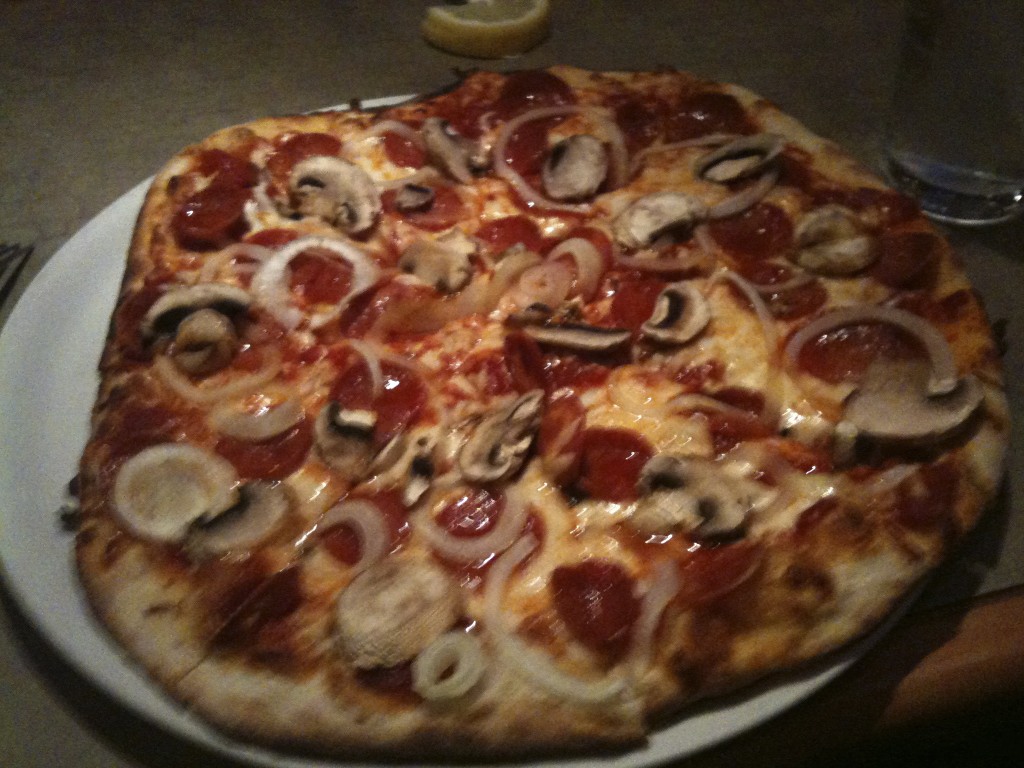
10. **Maggiano’s Italian Classics (Maggiano’s Little Italy/Brinker International)**As part of Brinker International’s ambitious foray into the ghost kitchen landscape, alongside It’s Just Wings, came Maggiano’s Italian Classics. This virtual brand was conceived as a way to bring the traditional Italian fare inspired by Maggiano’s Little Italy directly to customers’ doors, promising authentic flavors in minutes. It was an intriguing proposition: a taste of Maggiano’s renowned Italian experience, but without the tablecloths and bustling dining room.
Initially, the idea seemed promising, offering a distinct alternative to Brinker’s wing-focused ghost kitchen. It aimed to cater to a different culinary craving, broadening the parent company’s digital footprint and leveraging the respected reputation of Maggiano’s Little Italy. However, the lifespan of Maggiano’s Italian Classics was notably shorter than its wing-slinging counterpart, serving as a clear example of the ghost kitchen concept’s inherent volatility.
According to sentiments from Brinker International in early 2023, Maggiano’s Italian Classics was “on its way out.” Chief financial officer Joe Taylor explained that the closing of the virtual brand was “part of simplifying our restaurant operations,” a sentiment echoed by CEO Kevin Hochman, who emphasized “simplification” as a key strategy, focusing on what they called their “core four” offerings. This candid admission perfectly encapsulates the challenges many chains faced in balancing virtual ventures with their core business.
The decision to close Maggiano’s Italian Classics illustrates a pivotal turning point for many restaurant groups. While the allure of virtual brands was strong during the pandemic, the operational strain and the drive for efficiency ultimately led some to scale back. For fans of Maggiano’s Little Italy, there’s no need to fret; the physical restaurants continue to thrive. But its virtual sibling serves as a stark reminder that not every ghost kitchen, no matter its esteemed parentage, is destined for a permanent place on our delivery apps.
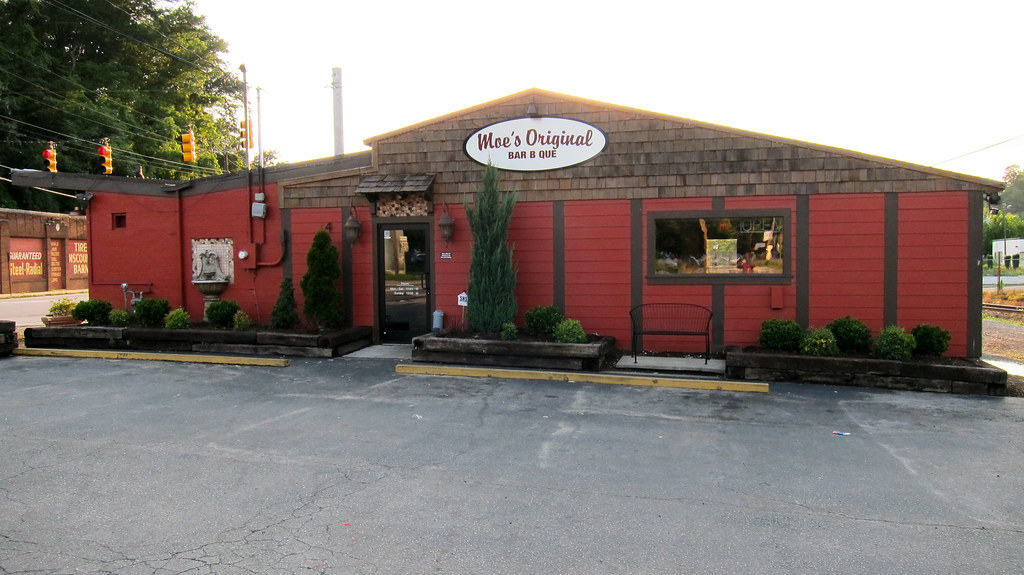
11. **Tender Shack (Outback/Bloomin’ Brands)**When you think of Outback Steakhouse, images of sizzling steaks, Bloomin’ Onions, and perhaps a kangaroo or two might spring to mind. Yet, this iconic Australian-themed eatery, under the umbrella of Bloomin’ Brands Inc., decided to venture into a decidedly un-Outback territory: fried chicken. Enter Tender Shack, a ghost kitchen brand launched in 2020 that proudly advertises “dang good chicken, fries & cookies” available around the clock, delivering chicken in various forms from sandwiches to tenders.
What makes Tender Shack a fascinating case study is its strategic genesis. Bloomin’ Brands launched this delivery-only enterprise not from an Outback kitchen, but from another restaurant in its family: Carrabba’s Italian Grill. This move showcased the impressive flexibility of the ghost kitchen model, allowing a company to test a completely new concept and cuisine type by simply leveraging existing kitchen space and staff, minimizing capital investment. It was a prime example of innovation within the constraints of a challenging economic period.
Dave Deno, CEO of Bloomin’ Brands, highlighted the immense success of this strategy in 2021, stating, “Tender Shack provides incremental sales with attractive margins and requires zero capital investments.” He further noted that in test markets, “the brand exceeded all of our sales, profit, guest and operating metrics.” This was a clear win, demonstrating how a well-executed ghost kitchen could become a significant revenue driver without the traditional overheads of a new physical restaurant.
Tender Shack’s menu offers tenders in groups of ten or twenty, accompanied by five distinct sauces, catering to all palates. They even embraced a playful, provocative side with the “Nashville Hot AF– As Fire Tender Sandwich” and a milder, more family-friendly alternative, all served with their essential fries. With hundreds of locations spanning the country, Tender Shack proved that focusing on a high-demand item like fried chicken, executed strategically from an existing kitchen, could indeed be a recipe for ghost kitchen prosperity.

12. **Conviction Chicken (TGI Fridays)**TGI Fridays has long been synonymous with vibrant post-work hangouts, sizzling appetizers, and a cheerful atmosphere. But for those times when the hustle and bustle of a physical restaurant are just too much, the chain conceived a virtual counterpart, Conviction Chicken, designed to bring dangerously addictive chicken right to your doorstep. This ghost kitchen wasn’t just about chicken; it was about an entire attitude, packaged with a playful, rebellious marketing strategy.
Conviction Chicken leans into a bold, almost audacious, marketing angle with its tagline: “good enough to be illegal.” This theme is carried through its branding, which notably features a ball-and-chain running chicken as its logo, reinforcing the cheeky narrative. Its website prominently declares, “when it comes to dangerously addictive chicken, we’ve got you and your crew covered,” setting the stage for a memorable, if virtual, dining experience that stands out from more conventional offerings.
The menu at Conviction Chicken extends beyond just wings, delving into a variety of chicken sandwiches and even some delightfully off-the-wall dessert options. Imagine sinking your teeth into the ‘Fried Slammer,’ a crispy chicken breast topped with bacon, mayo, cabbage mix, and pickles on a soft challah bun. Or perhaps the ‘Drunken Chicken Fingers,’ tossed in Cajun seasoning and an “extra whiskey-glaze, in case you’re feeling saucy,” promising an indulgent kick.
The sides are equally creatively named, with ‘Cellmates’ offering jumbo Cajun-seasoned onion rings and seasoned fries. And to cap off your ‘sentence’ with a sweet treat, there’s ‘Felony Fudge.’ Conviction Chicken brilliantly demonstrates how a ghost kitchen can adopt a strong, unique identity and marketing narrative, even when operating out of an existing restaurant kitchen. It transformed a simple delivery concept into an engaging brand experience, proving that even a virtual entity can have plenty of personality.
13. **Cosmic Wings (Applebee’s/Dine Brands)**Applebee’s, a cornerstone of “eatin’ good in the neighborhood” for decades, found itself navigating the ghost kitchen wave not just once, but with a couple of distinct ventures under its parent company, Dine Brands. While Neighborhood Wings, launched in early 2020, stuck close to Applebee’s proven success with wings, a bolder, more adventurous sibling emerged about a year later: Cosmic Wings. This brand aimed to push culinary boundaries with truly novelty concoctions.
Cosmic Wings wasn’t content with just traditional wing flavors. It dared to be different, finding success with audacious creations like Cheetos-dusted bites. This incredibly unique offering was developed in conjunction with PepsiCo Inc. and its Frito-Lay division, creating a synergistic partnership that blended fast-food staples with popular snack items. What made it even more intriguing was that these Cheetos-dusted delights were exclusively available through Cosmic Wings, not on any Applebee’s main menu, underscoring its distinct virtual identity.
This ghost kitchen represented Applebee’s willingness to experiment with trending flavors and capitalize on the digital delivery market’s appetite for novelty. It allowed them to test out bold, experimental items without risking brand dilution for their core restaurants. The idea of “Cheetos-dusted” anything instantly captured attention, creating buzz and catering to a demographic eager for quirky, social media-worthy food experiences from the comfort of their homes.
However, even with its unique appeal, the journey of Cosmic Wings ultimately mirrored the struggles faced by many ghost kitchen ventures. The context notes that Applebee’s eventually “folded up Cosmic Wings.” This decision highlights the broader challenges of sustaining even initially successful virtual brands once the initial pandemic-driven demand for delivery began to normalize. It’s a compelling reminder that even the most inventive concepts require more than just novelty to achieve long-term viability in the competitive ghost kitchen landscape.
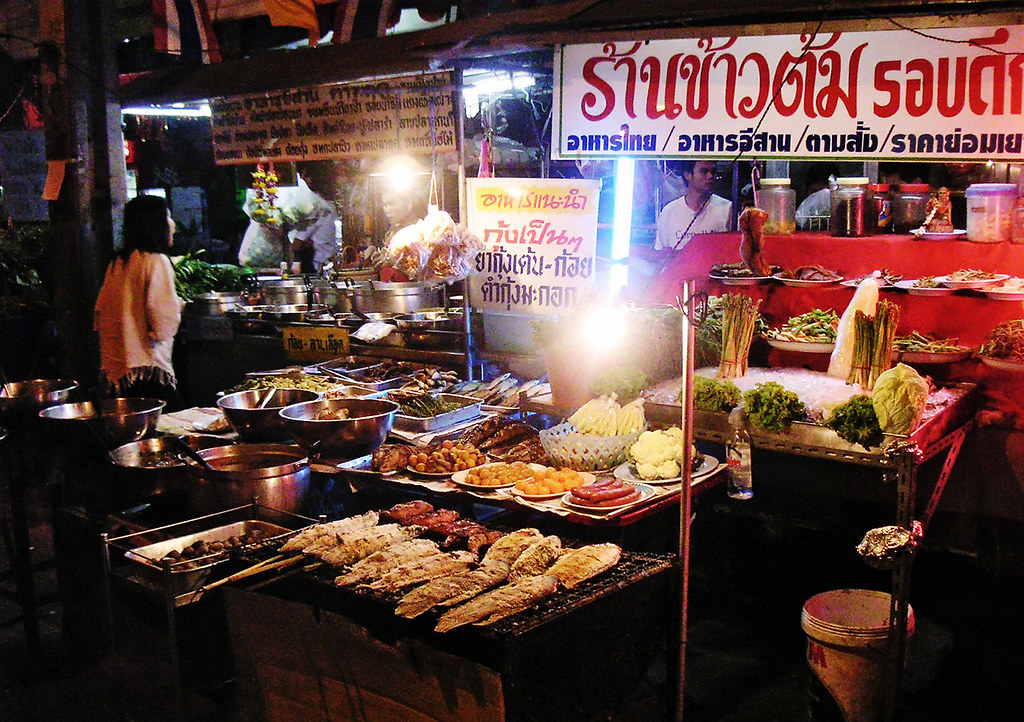
14. **Thighstop (Wingstop)**Wingstop has built an empire on consistently dishing out hot, succulent chicken wings, making it a household name in the fast-casual chicken joint arena. But even an established wing giant can face unexpected challenges. When the much-hyped chicken wing shortage made headlines during the pandemic, Wingstop, ever the savvy operator, looked for a creative solution. Their answer was Thighstop, a virtual brand launched in the summer of 2021 that shifted the spotlight from wings to the often-overlooked, yet equally delicious, chicken thigh.
This ghost kitchen was born out of necessity, showcasing remarkable adaptability. Instead of simply grappling with supply chain issues, Wingstop transformed a potential crisis into an opportunity, allowing the tender, juicy chicken thigh to take center stage. The concept was so well received that Thighstop continued delivering its tasty fried chicken bites even after wings became regularly available again, demonstrating its unexpected popularity and viability as a standalone offering.
Thighstop’s success underscored the versatility and tender juiciness of chicken thighs, proving that there’s more to chicken than just wings. Wingstop’s ability to pivot and embrace this new concept, effectively powering through economic obstacles, highlights the strategic advantages that ghost kitchens could offer to established chains. It allowed them to maintain revenue streams and satisfy customer demand even when their primary product faced supply constraints.
Yet, like many virtual brands that emerged during the pandemic boom, Thighstop seems to have entered a quieter phase. While it can still be found on various delivery apps, its social media presence, particularly on Instagram, has reportedly quieted down as of late. This raises questions about its current operational scale and long-term trajectory, mirroring the broader industry trend where initial ghost kitchen excitement has given way to a more complex, and often scaled-back, reality for many brands.
The story of these ghost kitchens, from their ambitious launches to their quiet retreats, offers a fascinating glimpse into a rapidly evolving industry. Once heralded as a “pandemic darling” and a “salvation for the restaurant industry,” the ghost kitchen concept has faced a stark reality check. Investors poured billions into these ventures, with bold predictions of a trillion-dollar market by 2030. Yet, as Evert Gruyaert, a restaurant food and service leader at Deloitte, observed, “It is clear that the impact of ghost kitchens was overestimated,” a sentiment echoed by the undeniable decline in their numbers today.
The reasons for this ghostly retreat are manifold. Many consumers “got burned” by quality issues and inaccurate orders, creating a “pretty bad perception of a number of the virtual brands,” as senior research analyst Dorothy Calba noted. Moreover, the clandestine nature of some ghost kitchens, operating without transparency, led customers to feel “fooled” or “catfished” when they discovered their seemingly new local hot spot was merely a side hustle from a big chain. The lack of a tangible “identity or marketing” behind these faceless brands made it difficult for consumers to form a genuine connection, a crucial element they crave with restaurant experiences.
Ultimately, the promise of lower rents, less labor, and agile menu testing, while initially compelling, often collided with the operational realities of overtaxed kitchens and the return of in-person dining. As customers enthusiastically flocked back to brick-and-mortar restaurants, craving that direct relationship with brands, the “mystery meal world of virtual restaurants wasn’t as necessary.” The ghost kitchen phenomenon, while a bold experiment in culinary adaptability, serves as a powerful reminder that in the world of food, good taste and transparent connections are ingredients that simply cannot be outsourced or overlooked.

